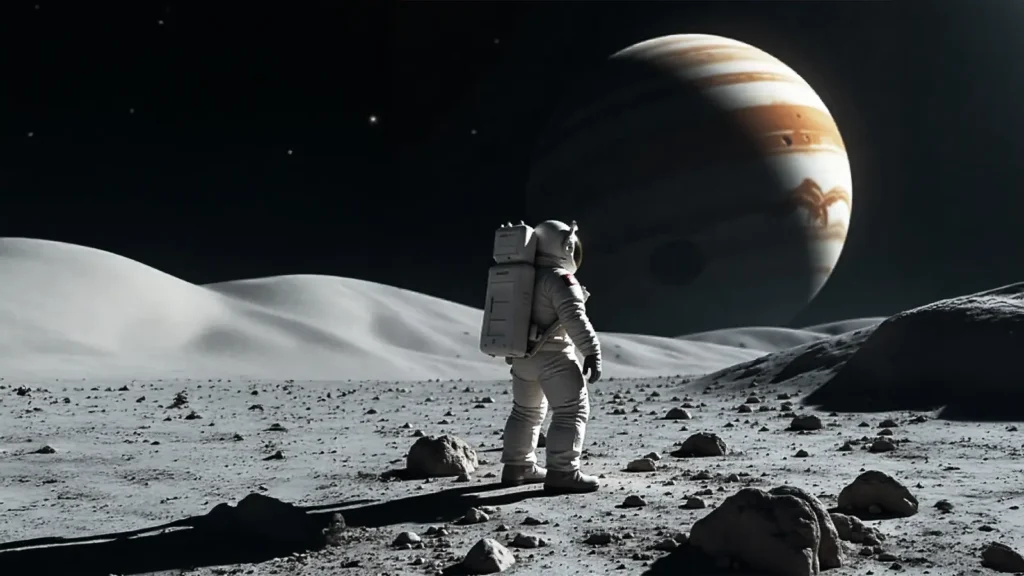Moons of Jupiter
Jupiter, the largest planet in our solar system, is famous not just for its size but also for its impressive collection of moons. As of 2025, astronomers have confirmed 95 moons orbiting Jupiter, with more still being discovered. These moons vary in size, composition, and behavior—offering scientists valuable insights into the formation of planetary systems.
In this article, we’ll explore the most well-known moons of Jupiter, answer frequently asked questions, and understand why these natural satellites are so important to science and space exploration.
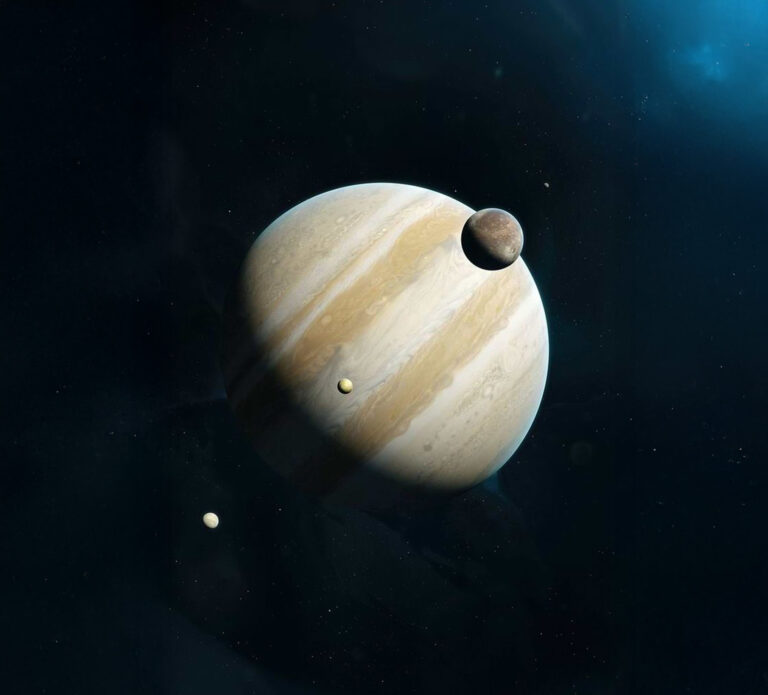
What Are the Moons of Jupiter?
Jupiter’s moons are natural satellites that orbit the gas giant. They range from tiny rock fragments to massive worlds like Ganymede, which is even larger than the planet Mercury.
These moons are usually grouped into two categories:
- Galilean Moons – The four largest and most famous moons, discovered by Galileo Galilei in 1610.
- Irregular Moons – Smaller moons with eccentric orbits, often captured by Jupiter’s gravity over time.
The Galilean Moons
Discovered by Galileo Galilei in 1610, the Galilean moons are the four largest and most scientifically significant moons of Jupiter. These moons are not only diverse in their characteristics but also rival planets in size and complexity. Here’s a closer look at each one:
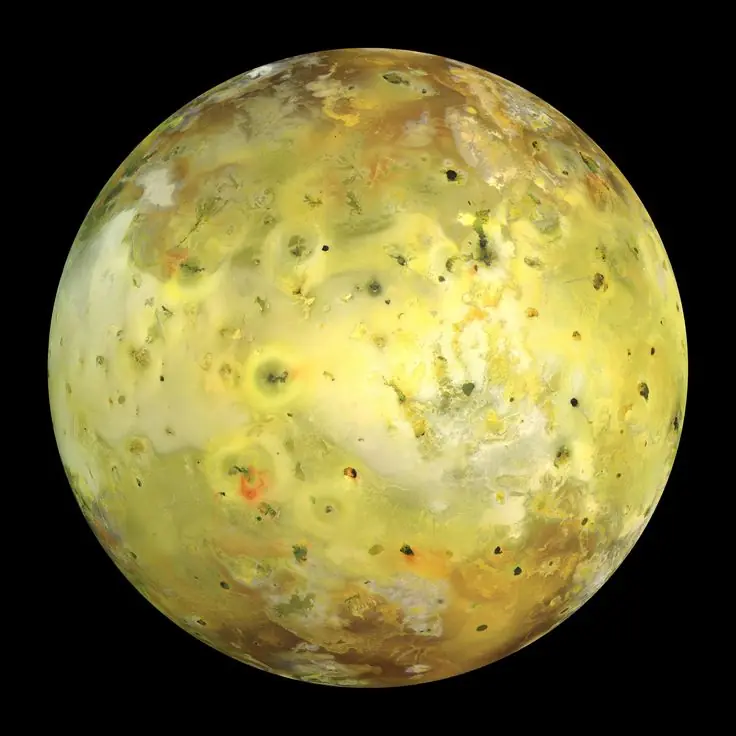
Io – The Most Volcanically Active of All Moons of Jupiter
Io is the innermost of the Galilean moons and is roughly the same size as Earth’s Moon, with a diameter of about 3,643 kilometers. It is the most volcanically active body in the solar system. Its surface is constantly reshaped by powerful volcanoes that spew molten lava and sulfur compounds into the sky. This activity is driven by the immense tidal forces from Jupiter and the gravitational interactions with its neighboring moons, which generate intense internal friction and heat.
Io’s landscape is covered in colorful plains of yellow, red, white, and orange, all due to different types of sulfur and silicate rock. The moon’s thin atmosphere is primarily composed of sulfur dioxide, and due to the constant volcanic eruptions, Io lacks impact craters, making it geologically one of the youngest surfaces in the solar system.
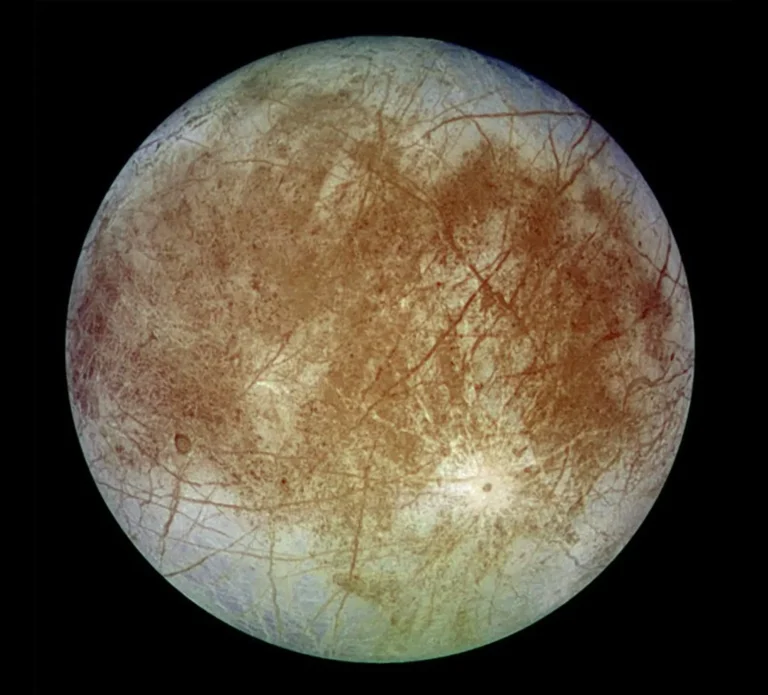
Europa - The Icy and Mysterious Ocean World Among the Moons of Jupiter
Europa is slightly smaller than Earth’s Moon, with a diameter of around 3,121 kilometers. It is widely considered one of the best places in our solar system to search for extraterrestrial life. Beneath Europa’s smooth, icy surface lies a vast global ocean of liquid water, potentially more than twice the volume of all of Earth’s oceans combined.
Europa’s surface is marked by long, dark streaks and cracks, caused by the flexing of its ice shell due to gravitational interactions with Jupiter. These features suggest that the ice moves and shifts over time, possibly allowing material to exchange between the ocean and the surface. The moon’s extremely thin atmosphere is made up mostly of oxygen, though it’s not breathable. NASA’s Europa Clipper mission, launching in the late 2020s, aims to explore this moon in greater detail.
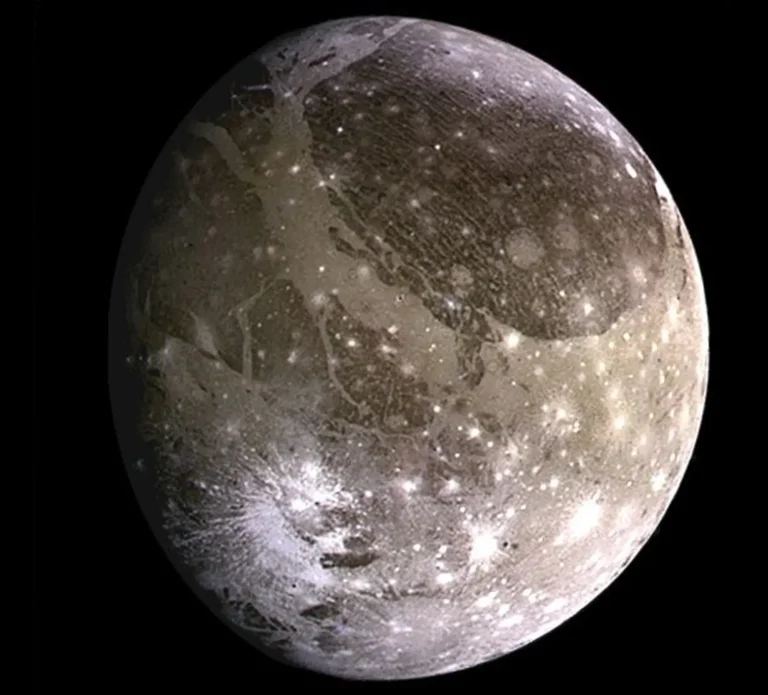
Ganymede – The Largest and Most Magnetic of the Moons of Jupiter
Ganymede is the largest moon in the solar system, even bigger than the planet Mercury, with a diameter of about 5,268 kilometers. It is the only moon known to have its own magnetic field, a phenomenon usually associated with planets. This magnetic field creates auroras and interacts with Jupiter’s powerful magnetosphere.
Ganymede’s surface is a mix of bright, icy regions and darker, more heavily cratered terrain, suggesting a history of both geologic activity and impacts. Scientists believe that, like Europa, Ganymede may harbor a subsurface ocean beneath its icy crust, possibly layered between multiple ice sheets. Its thin atmosphere contains small amounts of oxygen, but it is far too thin to support human life.
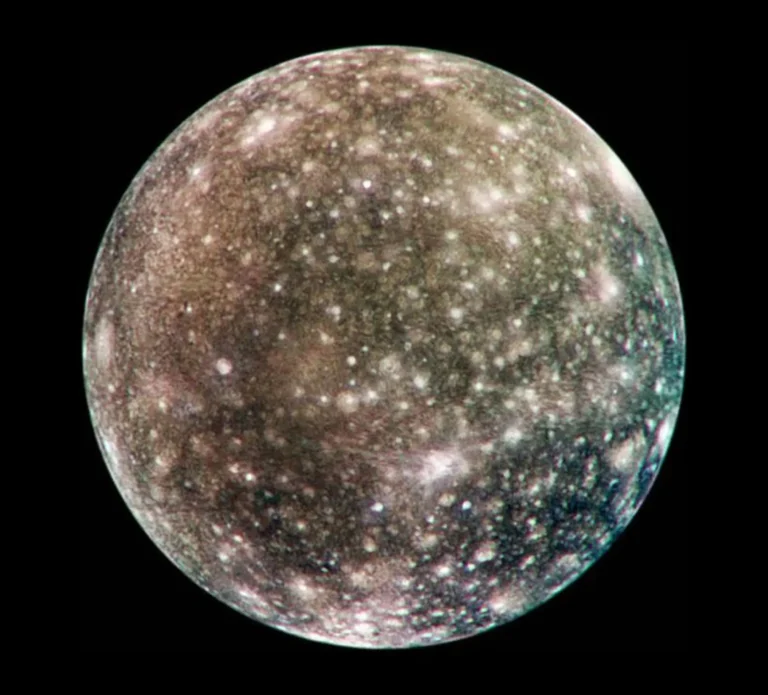
Callisto – The Ancient Cratered Moon
Callisto, the outermost of the Galilean moons, has a diameter of approximately 4,821 kilometers, making it just slightly smaller than Mercury. It is often referred to as a “dead moon” because it shows little to no signs of internal geological activity. Its surface is heavily cratered, with impact marks dating back billions of years, making it one of the oldest landscapes in the solar system.
Despite its quiet surface, Callisto may also possess a subsurface ocean, though it is likely buried deep beneath a thick crust of ice. Unlike the other Galilean moons, Callisto orbits farther away from Jupiter, which means it experiences less radiation—a factor that makes it a potential candidate for future human exploration or colonization. Its atmosphere is extremely thin and composed mainly of carbon dioxide and molecular oxygen.
Other Notable Moons of Jupiter
While the Galilean moons steal the spotlight, Jupiter has dozens of smaller moons, including:
- Amalthea – An inner moon with an irregular shape.
- Himalia – The largest of the irregular outer moons.
Valetudo – An oddball moon that orbits in the opposite direction of most others
Why Are Jupiter’s Moons Important?
Studying these moons helps scientists:
- Understand the formation of the solar system.
- Explore the potential for life beyond Earth.
- Prepare for future space missions.
- Learn about planetary geology, magnetism, and atmospheres.
FAQ's / Facts about Moons of Jupiter:
How many moons does Jupiter have?
As of 2025, Jupiter has 95 confirmed moons, and more are likely to be discovered with better telescopes.
Which moon of Jupiter could support life?
Europa is considered the best candidate due to its subsurface ocean, which may contain conditions suitable for microbial life.
Can we see Jupiter’s moons with a telescope?
Yes! With a basic backyard telescope or even binoculars, you can see the four Galilean moons as bright dots near Jupiter.
Why does Jupiter have so many moons?
Jupiter’s strong gravity allows it to capture passing objects, forming a collection of natural satellites over billions of years.
What space missions have explored Jupiter's moons?
Yes! Jupiter is often visible to the naked eye and appears as a bright, non-twinkling object in the night sky.
- Galileo spacecraft (1995–2003) – Orbited Jupiter and studied its moons.
- Juno (2016–present) – Currently studying Jupiter and some of its moons.
- Upcoming: Europa Clipper (NASA) and JUICE (ESA).
Final Thoughts -
The moons of Jupiter are more than just rocks in space—they are dynamic worlds with unique features and untapped mysteries. From lava-spewing volcanoes on Io to the possible oceans of Europa, these moons continue to captivate astronomers and space enthusiasts alike.
As our technology and curiosity grow, so too will our understanding of these fascinating celestial bodies.
Read Similar Articles


